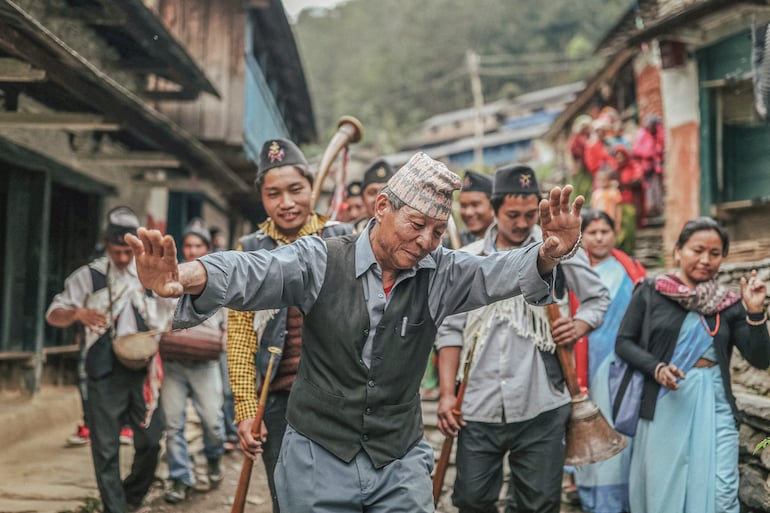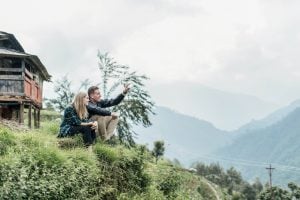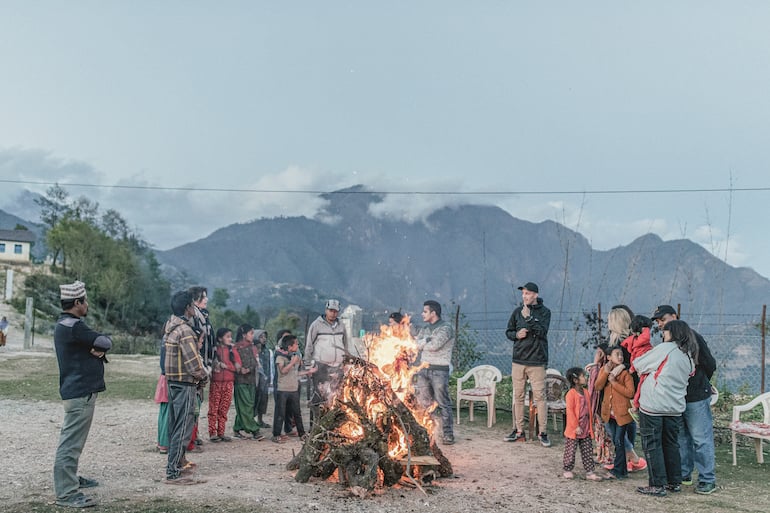The biggest obstacles charity organisations encounter can come from the donors, the ones funding the projects.
Wait, what?
Astoundingly, research has shown that funder created obstacles account for 46% of the challenges faced by charitable organisations. This figure sits considerably above other more apparent issues, with fraud and theft and violence and conflict accounting for only 4% each.
It’s a problematic phenomenon known in the philanthropic world as the ‘Donor Dysfunction’ which, for funders like us at Thankyou, has become hard to unsee.
To get personal for a moment, we found this shocking.
In 2008 we started Thankyou, a social enterprise that sells consumer products – think hand wash and body wash – that exists all for the end of extreme poverty.
Today we have 50 products stocked in all major retailers and $17 million dollars given. But when we started, we were passionate about changing the world, and its systems, for good, but it didn’t take long until we uncovered problems.
In 2010, we took a trip to the field in Cambodia and walked through a village where we’d funded a well and some water filters. Shockingly, we noticed three other wells funded by other organisations that already existed in that village.
We thought our partners needed our funding to bring clean water to a community that didn’t have any. We were given a tour of the other three wells, all of which had big charity logos placed on them.
One was dug during the wet season, so there was no water in the dry season. Another well had hit a bed of arsenic, leading to arsenic poisoning. The final one had a broken mechanical device that we were told repairing would cost more than building a new, sustainable well.
We walked away from this community in disbelief. The three other groups likely thought they had ‘helped’, yet each project had set the community back further.
The trip to Cambodia was one of our tangible experiences of this issue. But as another example, consider the clothing drops in Africa. In the 1980s and 1990s, used clothing imports now explain 40% of the decline in the local production of clothes and 50% of the decline in employment over the period 1981–2000 in the African apparel industry.
Again, there was no ill intention, but we can see that an idea on its own isn’t worth much; its value is found in the execution and herein lies the challenge the giving world is facing.
Donor dysfunction explained
Donor dysfunction occurs when we, donors, think we know the solutions needed to solve an issue (sometimes without even realising it), which leads to disastrous consequences for the partner organisations and the communities they serve.
When we bring our own solutions without taking the time to learn from those experiencing the problem, we can hurt more than we help. And as charities, NGOs and impact organisations generally rely on donations; the donor has a lot of power in deciding where we want our money to go and where it’s best spent.
It centres around donors knowing what they like. Projects with seemingly bigger numbers or tangible solutions that make sense to funders are more attractive to fund. This leads to many social businesses and corporations giving only to solutions that their consumers resonate with versus what is really needed.
Worse still, it means community members aren’t getting the right solutions that equate to lifting them up from poverty, sustainably. Big numbers don’t always mean big impact, and reaching lots of people can come at the cost of deep and long-lasting impact.
A complex problem
Extreme poverty is highly complex, and tackling some of the root causes of poverty requires more thoughtful, complex and impactful solutions.
There’s an analogy that really landed this for me. It’s like, as a donor, paying for a friend’s heart surgery and then telling the surgeon how to perform that heart surgery because it’s your money. It doesn’t make sense, does it?
This is a crucial difference between the commercial sector and the charity sector because, in the commercial sector, shareholders buy into a company’s vision, values, track record, and team, with shareholders holding companies accountable for their overall performance.
The majority of the charity sector sits on the opposing end of the spectrum, running on a tight leash, where effective root cause tackling solutions are often constrained by donors.
At Thankyou, in our pursuit of wanting to be part of the solution, we became part of the problem.
Over the last few years, we began to ask questions and learn from effective and experienced philanthropic organisations and our impact partners, realising we’d been unknowingly part of the problem.
In this learning process, we became aware of the areas where we’d got it so wrong, realising we had no option but to overhaul our entire impact giving model.

Nepalese people celebrate. Photo: Kim Landy.
Why unrestricted funding matters
So in 2020, we announced changes at Thankyou to a form of giving known as ‘Unrestricted Funding’. The shift to unrestricted funding meant no more suffocating innovation with our restrictions.
We vowed to step away from dictating our partners’ administration spend with no more boardroom decisions about where the money can and can’t be funded on the ground and no more trying to tie our money to easy to understand solutions that translate into tangible marketing claims that make us feel good but limit our partners.
We, at Thankyou, are not the first to see the problem of donor dysfunction and deal with it.
In the hopes of shedding even a small light on this issue, we are lending our small voice to the chorus of global voices that have come before us to continue to shift the needle for both our partners and global partners working hard to eradicate poverty.
Since making the shift to unrestricted funding in 2020, we have given $8.57 million dollars of unrestricted funding to 16 carefully vetted, impactful change-makers. These organisations steer away from simplistic solutions and instead tackle complex systems change and route causes, deeply focusing on impact, not just activity, and have proximity to issues and the people they serve.
We’ve chosen to go all-in on this, which means being comfortable understanding and acknowledging that we do not know the answers and choosing to instil trust in impact-driven organisations to amplify their impact.

Daniel and Justine Flynn, in Nepal. Photo: Kim Landy.
We are choosing to join the conversation in the development sector to encourage others to think more consciously about funding to create transformational outcomes in the field exponentially.
We’ve released a video titled ‘The giving system is broken, and we helped break it,’ which documents our journey — a culmination of years of learning, conversations and research which influenced us to ultimately change our giving model to make more significant headway towards our vision, a world where not one person lives in extreme poverty.
We hope the video, and long-form letter that accompanies it, become a resource to help our community consider how unrestricted funding could make them more effective donors in their giving journey.
We aren’t perfect. We don’t have all of the answers on how to end extreme poverty, and we are likely to get things wrong as we continue our journey. But we also know that continuing to take small steps, such as the shift to unrestricted funding, allows us to empower our impact partners with the best shot to serve communities with effective and sustainable solutions.
We believe the ‘2020s’ have become a mission-critical time in history to rethink how the world operates and the part we each play in it. For those businesses and individuals who give, the donor dysfunction is worth deeply thinking about.
The reality is, it’s not just the money we give but how we give it that will ultimately hurt or help the world we all wish to change.




















Trending
Daily startup news and insights, delivered to your inbox.